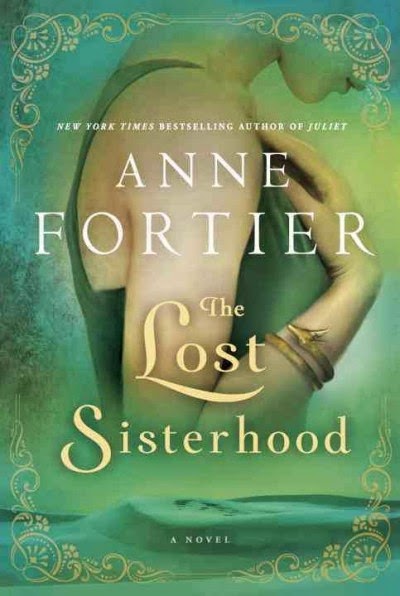Compiled by Kristin
As noted a few months ago, sometimes our lovely patrons leave little notes written inside the covers of books, telling what they liked, loved, or hated. Most of our quick-reviewers have strong opinions, and often they clash with other readers. Check here if you missed our earlier compilation. So if you'd like a few quick opinions on a wide variety of books, read on!
“I love Nora Roberts. Her books are hot!” --Loving Jack by Nora Roberts
“Good if you like a lot of shooting!” –Fool’s Coach by
Richard S. Wheeler
“GOOD, GOOD, GOOD!:
and
“Yes—very good.”
and
“One of the Best!!”
and
“I agree”
and
“You all must be crazy! What a dysfunctional family. Her books are so depressing!!”
and
“Good, but her opinion of Christian religion was a disappointment.”
and
“Yes—very good.”
and
“One of the Best!!”
and
“I agree”
and
“You all must be crazy! What a dysfunctional family. Her books are so depressing!!”
and
“Good, but her opinion of Christian religion was a disappointment.”
--Colony by Anne Rivers Siddons
“Fairly
good—but another stupid hero.” –The Holdout in the Diablos by Louis Trimble
Then there was the long-ago librarian who pasted blank paper in the front of novels so that readers might share their opinions. Perhaps our current day patrons are simply continuing the tradition.
“Dear Patron: After
reading this book, please write one or two sentences giving your impressions of
it. These comments will help others
decide if they want to borrow this volume.
Please keep comments short, so others may also participate. Thank you.”
“This
is a book I wouldn’t recommend to anyone.
It was boring.”
“Not as
bad as all that—just slow moving.”
“Great
if you like classic British mysteries.”
“This is an excellent book.”
“Excellent—she
spends the needed time to develop her characters well so that we can THINK through the mystery. An excellent read!”
“This
is 2014, I have just read Ann Perry’s latest book. I have read all her books, they get better every year. I consider her the greatest Victorian Mystery
writer.”
--Resurrection
Row by Anne Perry
“Fair. I don’t like stupid heroes.” --Shotgun Law by Nelson Nye
“Stupid betraying girl. Too pushy and completely doesn’t know what she wants!” --Daring Moves by Linda Lael Miller
“Great…Deep…Neato…Wow”
“Good
book!”
“Hilarious”
“It
stunk, NOT! Great book.”
“Excellent,
excellent, excellent—too good for words.”
“Great! Thought provoking!”
“Brilliant—hilarious—adorable”
“Wonderful,
funny, thought provoking!”
“As
always, C.S. Lewis is a wonderful read!”
“Amazing! Thought provoking and troublesome.”
--The
Great Divorce by C.S. Lewis
What do you think? Any opinions on any of these books? Please feel free to leave comments here.




















